(43436 products available)




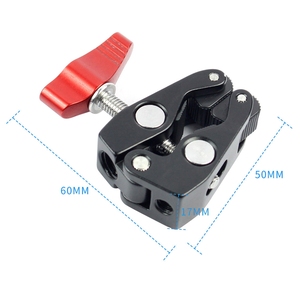





























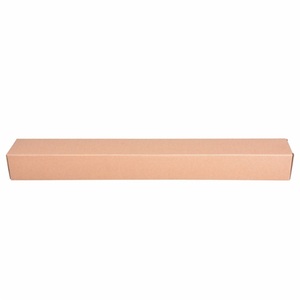


















































































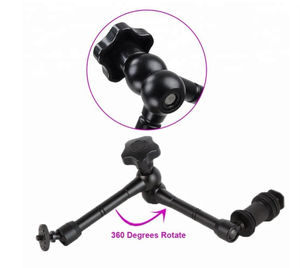








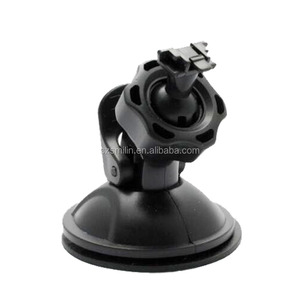
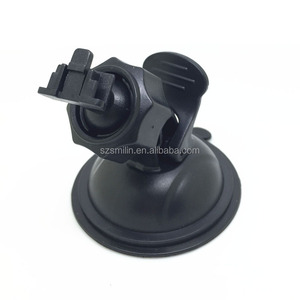
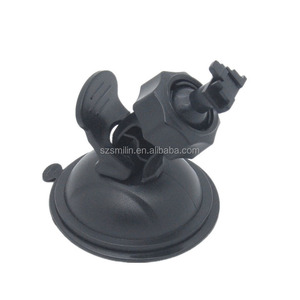
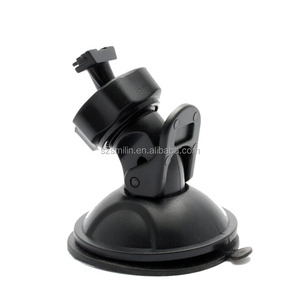
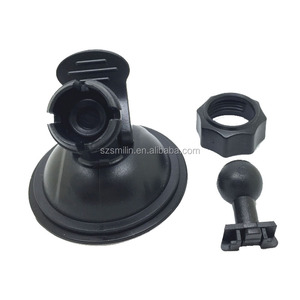






















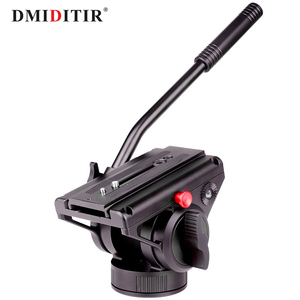

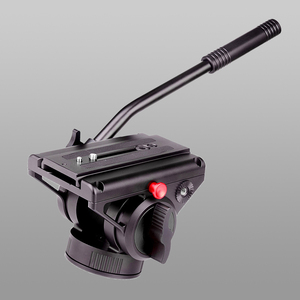














































The various types of DV (developed video) mounting options are based on how the video clips during the development and testing stages are supposed to be secured. DV Mounting can be classified as follows;
Camera Tripod Mounts:
This is most commonly used when Testing in Progress (TIR) needs to shoot at stable and fixed positions for long periods of time. Camera tripods allow the operator to keep the camera steady and provide smooth panning and tilting movements. Tripods are important in capturing long shots, outdoors scenes with a lot of movement, or when the camera needs to be held in a fixed position for an extended period of time.
Handheld Mounts:
Handheld mounts allow the operator to move the camera around freely and capture shots from different angles and perspectives. They typically consist of a grip or handle that the operator can hold to maneuver the camera. Handheld mounts are useful when there is a need to get close to the action, move through a crowd, or capture a more dynamic and fluid shot. They provide greater flexibility and mobility compared to tripods or fixed mounts.
Fixed Mounts:
As with most mounted devices, this mount is used when there is a need to secure the camera in a specific location without any movement. Fixed mounts can be attached to a variety of surfaces, such as walls, ceilings, poles, or vehicles. They allow for consistent and stable shots from a fixed position. Fixed mounts are commonly used in surveillance applications, monitoring tasks, or situations where the camera needs to be positioned in a specific location for an extended period of time.
Suctions Cup Mounts:
These mounts are most preferred when cameras need to be attached to smooth and flat surfaces. They generally consist of a suction cup mechanism that allows the camera to be securely mounted on vehicles, equipment, glass, or other similar objects. Suction cup mounts provide a stable and secure attachment point for the camera, allowing the operator to capture shots from a fixed position. Caution should be taken with suction mounts when ensuring that the surface is smooth, clean, and suitable for suction cup attachment. Regularly checking and monitoring the suction cup attachment is important for ensuring the safety and security of the camera.
Chest Harness Mounts:
These mounts are ideal for hands-free footage. They allow the camera to be worn on the chest level and capture shots from the perspective of the wearer. Chest harness mounts are useful for activities such as walking, running, biking, or other similar hands-free movements.
Helmet Mounts:
When there is a need for head-level shots or first-person perspectives, then this mount can be used. Helmet mounts allow the camera to be attached to a helmet, ensuring hands-free footage from the viewpoint of the wearer.
Handlebar Mounts:
These mounts are used when there is a need to capture shots from a bike, scooter, or other similar vehicles. Handlebar mounts allow the camera to be securely attached to the handlebars for footage that shows the perspective of the rider.
Body Mounts:
When there is a need to capture shots from the perspective of the wearer, then this mount can be opted for. Body mounts allow the camera to be attached to various parts of the body, such as the torso, arms, legs, etc. This allows for immersive and dynamic footage.
Magnetic Mounts:
These mounts can be used when there is a need to attach the camera to magnetic surfaces or objects. Magnetic mounts provide a secure attachment point for capturing shots from a fixed position. Caution should be taken when using this when ensuring that the camera is not placed near objects that could affect the camera's function and performance.
The functions and features of the dual-slice vertical DV mounting are as follows:
Applications of DV mounting range widely from commercial to household uses. These are some of the main DV mount applications.
Medical Facilities
DV Mount screens have wide applications in medical environments. Hospitals and clinics use DV mounting to display patient information, charts, and medical imagery. Surgeons can view critical information during operations thanks to DV-mounted screens. Additionally, DV mounting in waiting rooms gives patients useful medical information.
Audiovisual and Control Rooms
In control rooms and professional videowalls, DV mount is helpful for 24-hour monitoring and CCTV videowall applications. The DV mount's adaptability enables operators to manage several screens efficiently. DV mounting improves situational awareness and response times by effortlessly integrating audiovisual equipment for entertainment and business functions, such as conference presentations and command center operations.
Retail Displays
Retail stores and exhibition halls use DV mounts to create dynamic product displays. DV mounting allows for the tilting and rotating of advertising screens. This grabs the attention of potential customers and encourages interaction. DV-mounting showcases products in distinct angles and positions to create immersive branded experiences.
Education and Training
Higher learning institutions and corporate training facilities use DV mounting for interactive learning and simulation-based training. DV-mounting provides real-time data visualization. This accelerates understanding in subjects relating to science, engineering, and other technical fields. Incorporating DV mounts into educational programs improves retention and engagement in learning environments.
Home Entertainment and Gaming
The DV Mount is good for use in home entertainment settings to enhance multimedia experiences. DV mounting lets users adjust the screen positions of their TVs or computer monitors for optimal viewing angles. This improves enjoyment and immersion from films, sports, and games. For content creators and digital artists, DV mounting enhances their workflow.
Choosing a DV (digital video) mounting solution involves several key considerations to ensure that the equipment meets specific needs and requirements. Here are some factors to keep in mind when selecting a DV mounting:
Q: What is a DV mount?
A: A DV mount is a device designed to secure and position camcorders, action cameras, or similar digital video recording equipment. It typically features a quick-release plate for easy camera attachment and detachment, along with adjustable arms or swivel heads to allow positioning the camera at various angles. Depending on the application, DV mounts can be tripod-mounted, clip-on, or feature suction cups for propping on smooth surfaces.
Q: What is a DV mounting tape?
A: DV mounting tape is double-sided tape that securely attaches items to surfaces. It is often used to mount cameras, lights, or wires in a studio or production setting. DV mounting tape can hold items without leaving marks or damaging walls or desks.